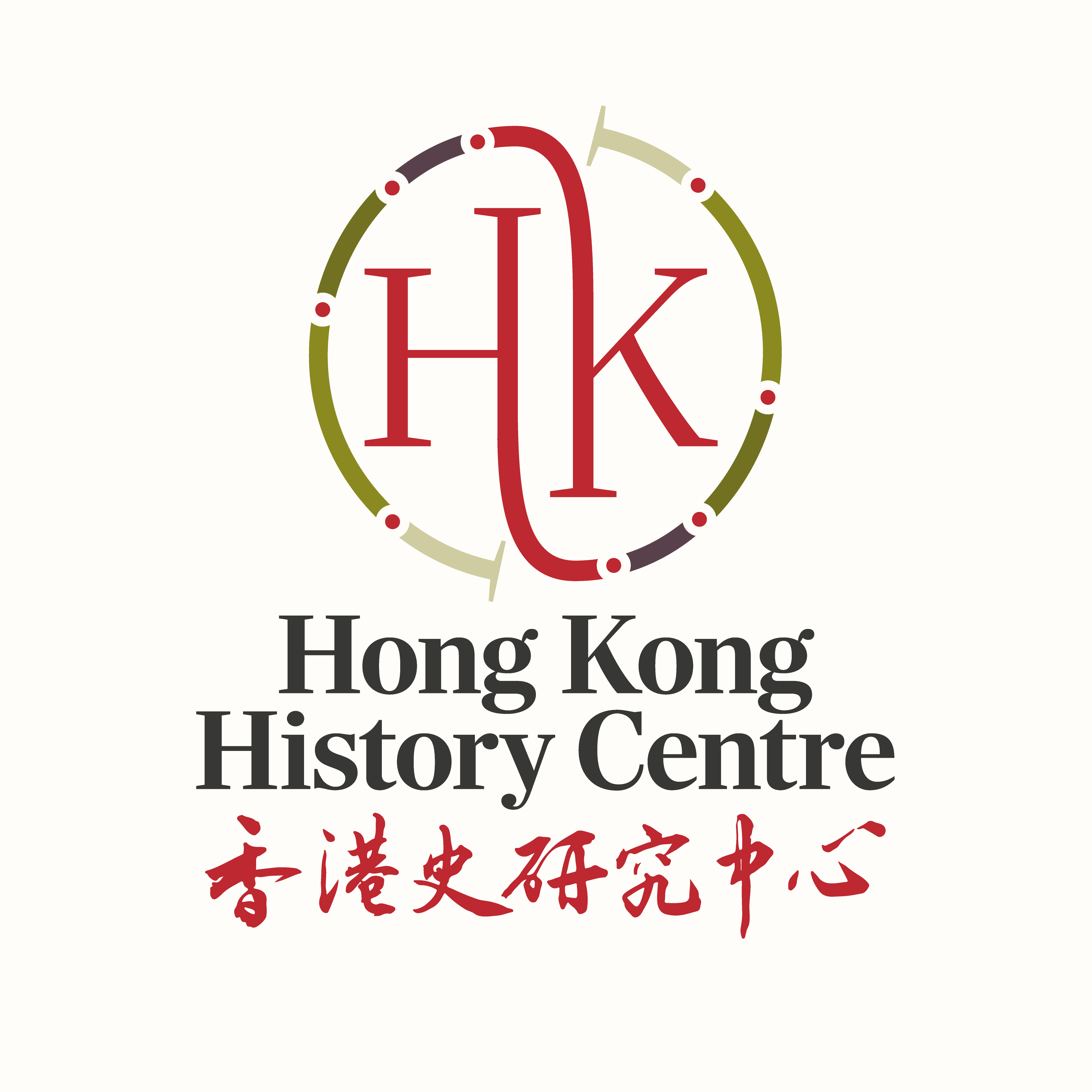
Continuing their espousal of the Eurasian ‘problem’, two authors writing in 1955, Thompson & Adloff, lament the small size of Eurasian communities and their lack of cohesion which leaves them in a weak bargaining position; despite being stable and smart, …
16/10/15Continuing their espousal of the Eurasian ‘problem’, two authors writing in 1955, Thompson & Adloff, lament the small size of Eurasian communities and their lack of cohesion which leaves them in a weak bargaining position; despite being stable and smart, …
16/10/15